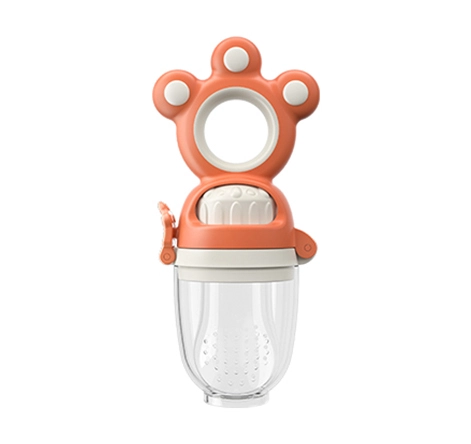When mother and baby are separated, it is necessary to maintain milk supply with the help of a smart electric breast pump. However, incorrect usage not only fails to maintain normal milk supply but also harms the breasts, causing the milk supply to decrease instead of increase. Therefore, it is important to learn the correct usage of breast pumps!
Two incorrect practices of electric breast milk pump
The baby's latching caused the mother's nipples to crack on the first day after birth. The mother did not take timely measures and continued to breastfeed despite the pain, aggravating the nipple damage.
During the baby's hospitalization, the mother used the electric breast milk pump incorrectly with excessive suction settings and improper flange size, causing friction and pain on the nipples, exacerbating nipple damage, and resulting in poor milk expression.
The breasts were heavily congested with multiple thick and hard milk ducts, causing pain when gently pressed.
Incorrect nursing methods for using electric breast milk pump
The current condition of the breasts is related to several previous episodes of blocked milk ducts. Incorrect nursing methods have worsened the breast problems. The congestion cannot be completely cleared, leading to more congestion, frequent blocked milk ducts, and decreasing milk production. Gradually correcting these issues can help mothers achieve smooth milk expression and breastfeeding.
In the case of breast problems, all adjustments must start with the breasts. Only when the breast function is restored to normal milk expression can blocked milk ducts gradually decrease and achieve proper breastfeeding.
By correctly nursing the breasts to clear the congestion, milk expression becomes smoother and more mammary tissues participate in lactation. During breast care, milk expression improves gradually in the latter half of pumping. As the congestion is cleared, the previously hard areas of the breasts become softer, and the pain during compression significantly reduces. Mothers can find a comfortable and painless flange to reduce abrasion on the nipples and areolas, avoiding further edema.
In the case where the flange cannot be immediately replaced with a suitable one, lower the gear level of the electric breast milk pump to the lowest setting and reduce pumping time to 5 minutes, with an interval of about 3 hours between two pumping sessions. Although the strength, duration, and intervals have changed, the amount of milk expressed is similar to before, without a significant decrease. Moreover, the pain during pumping is also greatly relieved, providing time for the recovery of nipple and areola swelling.
Gradually, the area of breast congestion decreases, and the milk expression lines become thicker, with an increase of 2 to 3 milk lines on both sides. Even when there is no letdown reflex, 1 to 2 milk lines can still be sprayed, and other milk ducts also release milk. The damage to the nipples and areolas is gradually healing, milk expression improves, and milk can be expressed normally.













